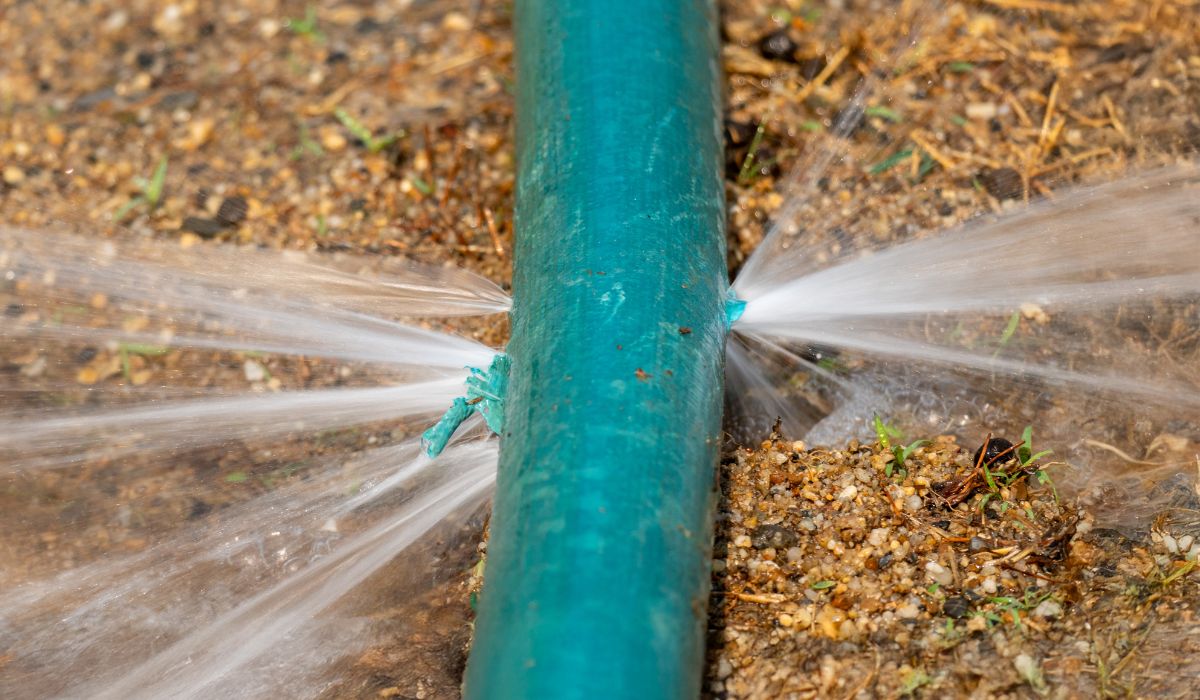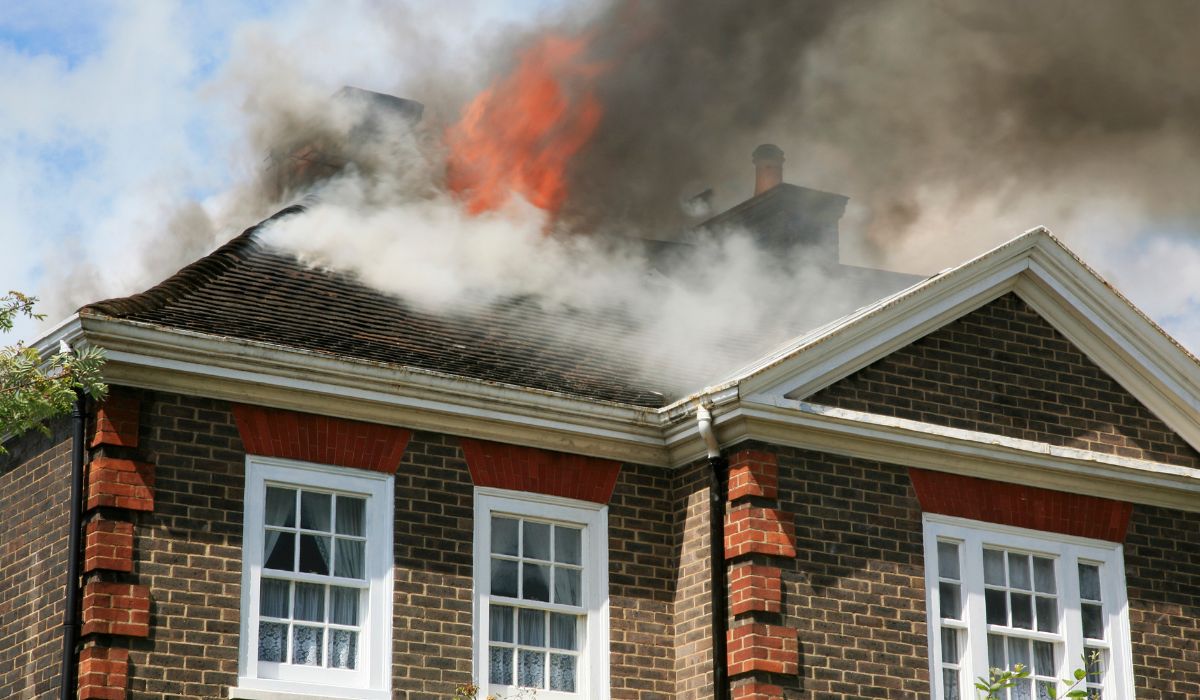What Is Mold in Air Vents?
Mold in air vents means there’s mold or fungus growing inside your HVAC system or ducts. It can be black, green, white, or even fuzzy. This mold can grow in air conditioning vents, furnaces, and ductwork—basically any place where moisture, heat, and humidity build up.
When air blows through the ducts, it can carry mold spores into the rooms of your house. That can hurt your indoor air quality and cause health problems, especially for people with allergies, asthma, or other breathing issues.
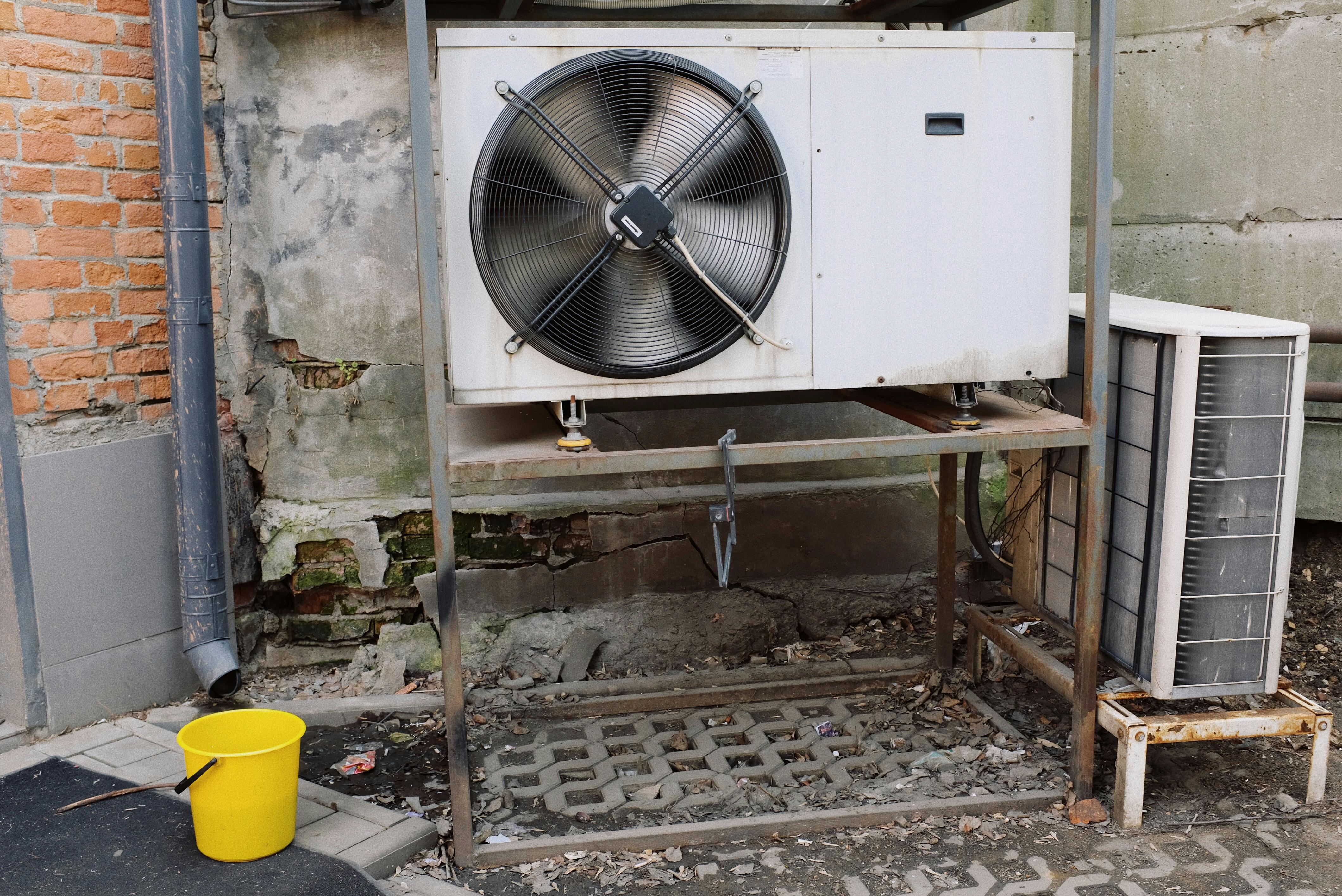
Why Mold Grows in Air Vents
Moisture and Humidity
Mold needs water to grow. If there’s water damage, leaks, or too much humidity, mold will thrive. It often starts in bathrooms, basements, or around kitchens, where there’s lots of moisture. Then, it can spread into your air ducts.
Poor Ventilation
Not enough airflow can let moisture hang around. This is a big problem in places like the attic, bathroom, or a damp basement. Bad ventilation means the air doesn’t move enough, giving mold the perfect place to grow.
Dirty Air Ducts
Dust and debris in ductwork feed mold. Without regular air duct cleaning, mold spores land and start to grow. Over time, black mold growth like Stachybotrys chartarum can become a serious problem.
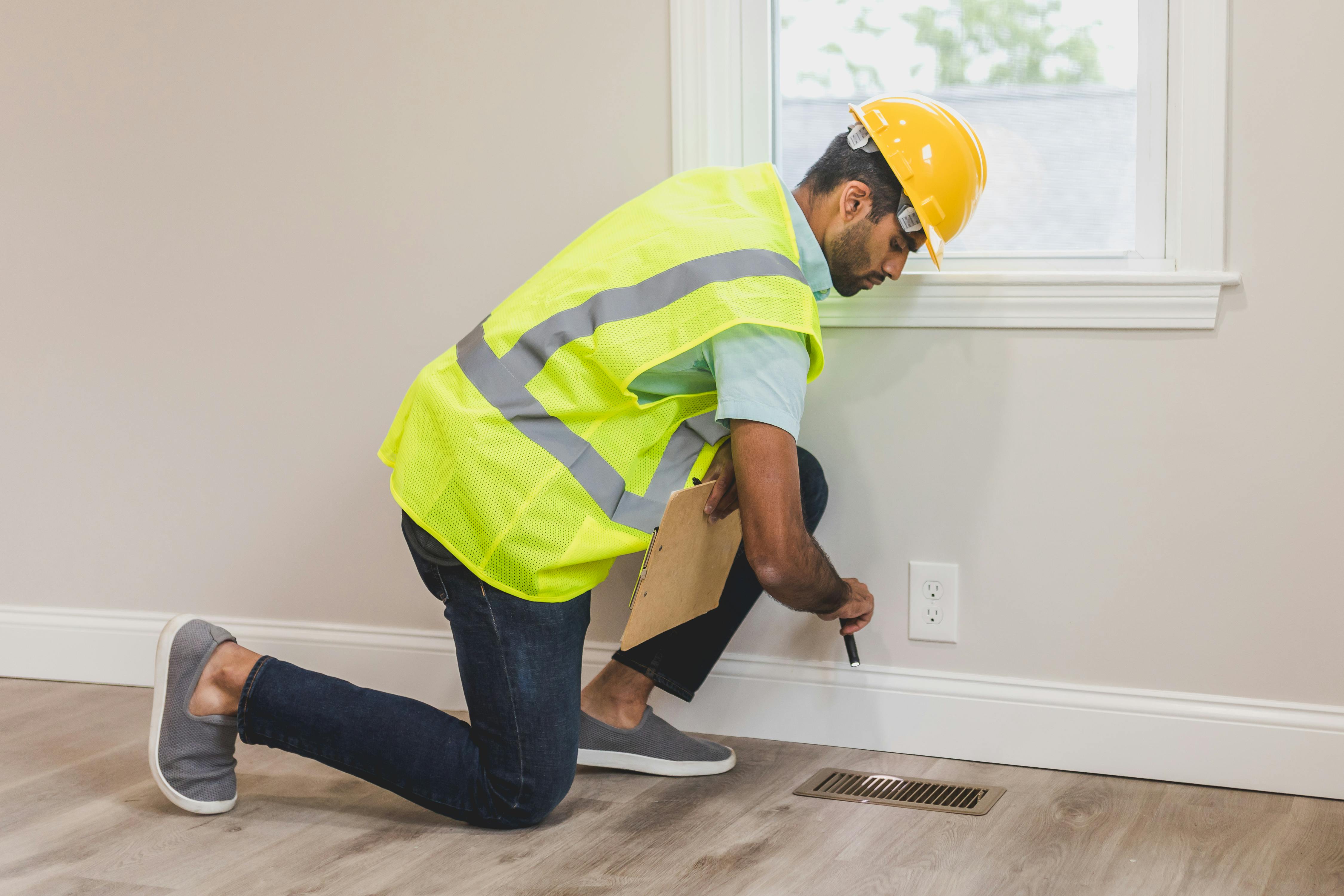
Signs of Mold Around Air Vents
1. Musty or Moldy Odor
If your home smells like mildew or has a strong, damp odor, that could mean there’s mold growing inside your air ducts or vents.
2. Visible Mold Around AC Vents
Do you see black, green, or gray spots? That could be black mold around air vents or mold around AC vents. These are warning signs!
3. Allergy or Health Symptoms
If you or someone in your home feels sick when the HVAC is on—coughing, sneezing, nasal congestion, or lung irritation—indoor mold may be the cause.
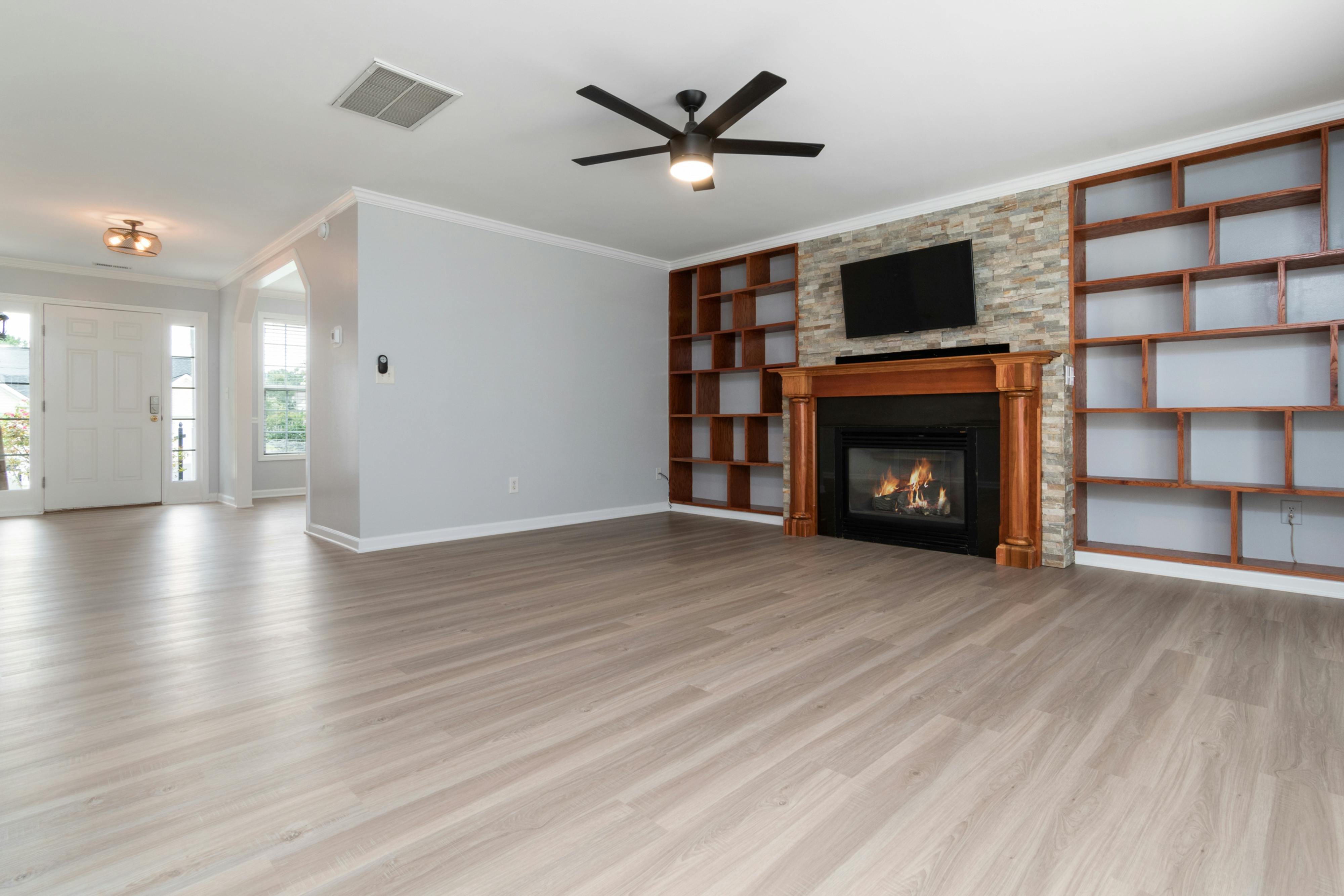
How Mold in Air Vents Affects Your Health
Breathing Problems
Mold spores can get into your respiratory system. They can cause asthma attacks, allergic reactions, and even infections in the lungs.
Nose and Skin Irritation
You might feel nose or eye irritation, rashes, or get itchy skin from breathing in moldy air.
Big Risks for Kids and Seniors
Kids, older adults, and people with health issues may feel worse symptoms. That’s why it’s important to fix mold infestations fast.
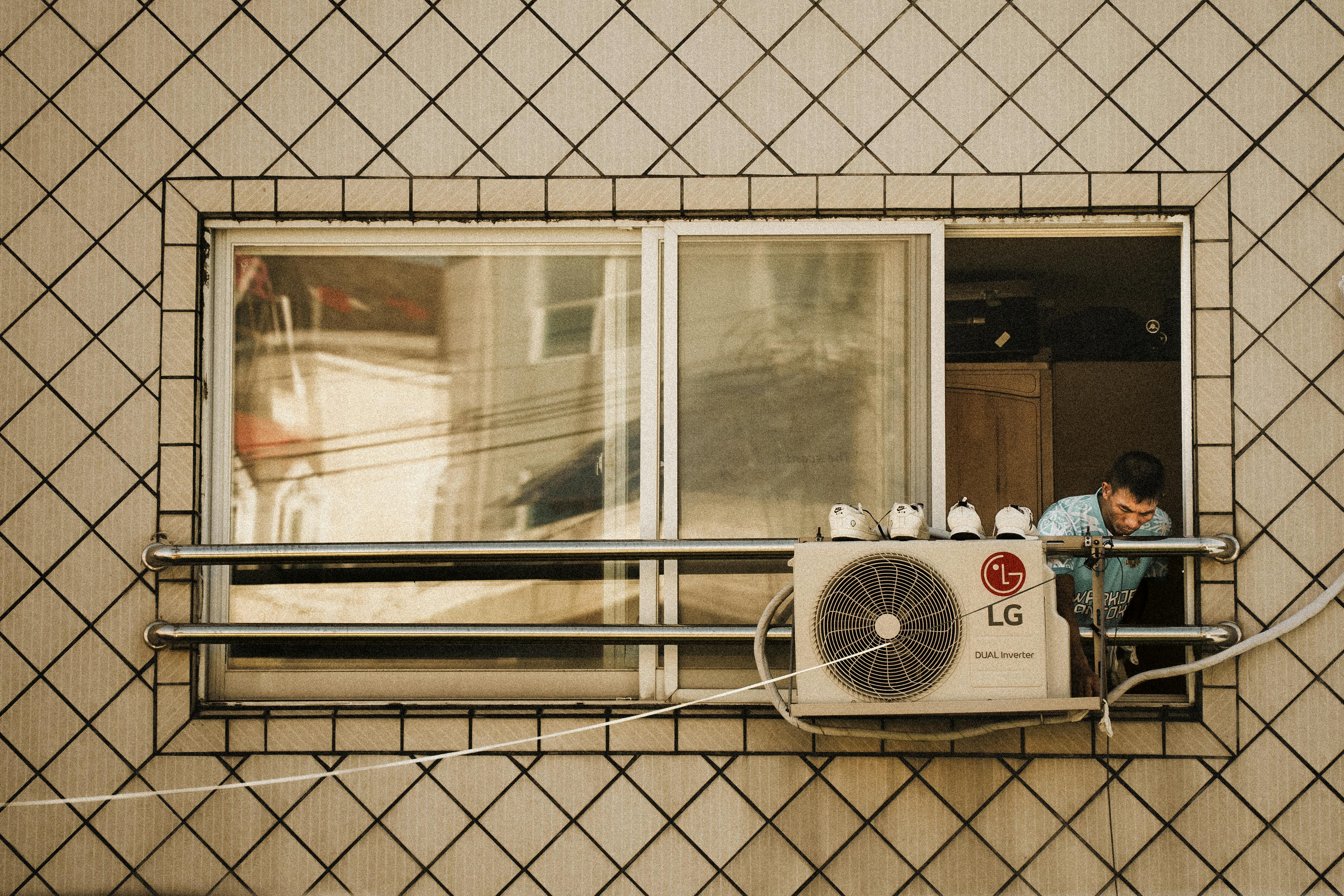
Common Places Where Mold Hides
Bathroom fans and vents
Air conditioning ducts
Furnace systems
Ceiling vents
Basements
Behind drywall
Around the kitchen sink or condenser unit
Types of Mold in Air Vents
Stachybotrys Chartarum
Also known as black mold, this type can be toxic. It needs moisture and usually grows on drywall, wood, or inside HVAC systems.
Mildew
This mold is white or gray and has a powdery look. It usually grows on wet walls or ceilings and spreads into air vents.
How to Prevent Mold in Air Vents
1. Control Moisture with a Dehumidifier
A dehumidifier helps keep your home dry. Mold loves wet places. Less humidity = less mold!
2. Fix Leaks Fast
If there’s a leak in your roof, pipes, or air conditioner, fix it right away. Water can soak into your HVAC, leading to mold.
3. Clean Air Ducts Regularly
Professional duct cleaning or mold air duct cleaning can remove mold, dust, and allergens from your system.
4. Use Air Purifiers with HEPA Filters
A HEPA air purifier can trap mold spores. It helps clean the air and improve your indoor air quality.
5. Change Air Filters Often
Your air filter should be changed every 1–3 months. A dirty filter lets spores pass through and collect in your ducts.
How Much Does It Cost to Remove Mold?
The air duct mold cleaning cost depends on how bad the mold is, the size of your home, and your HVAC system.
Small jobs: $450–$750
Large or toxic mold (like Stachybotrys): $1,000–$5,000+
Full restoration and repairs: May cost more depending on damage
When to Call a Mold Removal Pro
You see mold coming out of vents
The odor won’t go away
You notice black mold around air vents
Someone in the house has breathing trouble
Your home has had recent water damage
FAQs About Mold in Air Vents
What causes mold to grow in air vents?
Mold grows from too much moisture, poor airflow, dirty ducts, or leaks. When humidity stays high, mold starts to grow and spread inside your HVAC.
Is mold in air vents dangerous?
Yes! It can hurt your lungs, cause allergy symptoms, and damage your health. Toxic mold like stachybotrys chartarum is especially harmful.
Can I clean mold from air vents myself?
Small spots can be wiped with disinfectant, but full mold duct cleaning should be done by a mold remediation expert. DIY methods may miss hidden mold.
How often should air ducts be cleaned?
Experts suggest air duct cleaning every 3–5 years—or sooner if you notice mold, odor, or health issues.
How can I stop mold from returning?
Keep your home dry with a dehumidifier, fix leaks, change air filters, and get regular HVAC inspections. UV lights and air purifiers also help.


